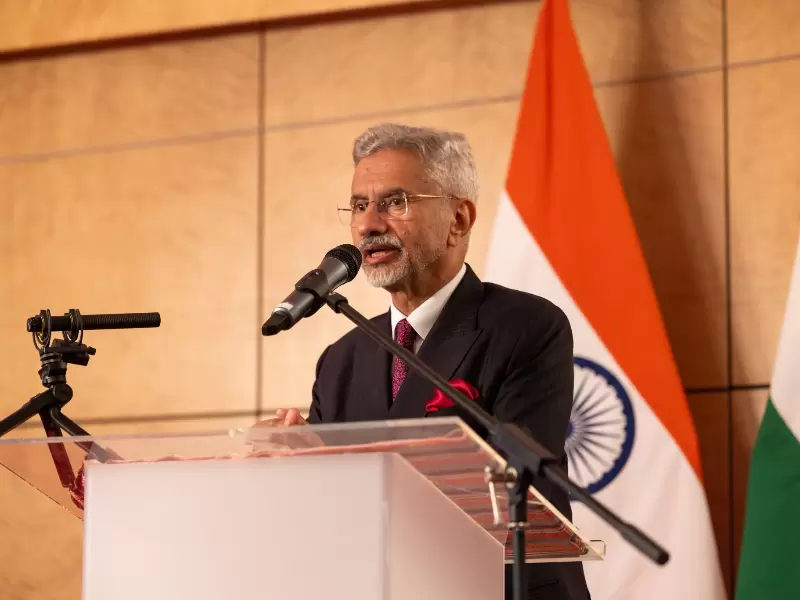Overseas Indians sent record US$29 billion in remittances
India has consistently been the largest recipient of remittances from its diaspora, a trend that began with the software boom of the 1990s
.jpeg) During the quarter ending in December 2023, net inward remittances totaled $29 billion / Unsplash
During the quarter ending in December 2023, net inward remittances totaled $29 billion / Unsplash
Overseas Indians set a new record by sending home US$29 billion in remittances during the December quarter. This surge in remittances can be attributed to steadily rising returns from FCNR (foreign currency - non-resident) instruments, which have become more lucrative than bank deposits in the West, prompting individuals to opt for such savings plans.
Remittances serve as a consistent source of inflows, differing from repatriable NRI deposits, and play a crucial role in reducing the current account deficit (CAD). Over time, the CAD has progressively decreased as a proportion of India's gross domestic product (GDP), partly due to the steady inflow of remittances.
During the quarter ending in December 2023, net inward remittances, as indicated by private transfers in the current account of the balance of payments, totaled US$29 billion, according to preliminary data released by the Reserve Bank of India (RBI).
Remittances are closely tied to migration levels in various economies and the employment landscape. A post-Covid survey on remittances conducted by the RBI revealed that the United States is the largest source of remittances, contributing 23 percent of the total. In contrast, remittance flows from the Gulf region experienced a decline.
India has consistently been the largest recipient of remittances from its diaspora, a trend that began with the software boom of the 1990s, which reshaped the country's technical talent landscape. According to World Bank data, Asia's third-largest economy is estimated to have received over US$100 billion in remittance inflows in 2023.
Most of these remittances are directed towards fulfilling family needs, while a portion is also invested in other assets like deposits, as indicated by an RBI survey on remittances. Alongside a surge in services exports, increased remittances also played a role in helping to reduce the current account deficit (CAD) to 1.2 percent of GDP in the December quarter, down from 2 percent in the December 2022 quarter, according to an analysis of balance of payments data.
ADVERTISEMENT
ADVERTISEMENT
E Paper
Video




 Mehak Luthra
Mehak Luthra












Comments
Start the conversation
Become a member of New India Abroad to start commenting.
Sign Up Now
Already have an account? Login